€44.00
/ per pack
Choose seeds per pack:
Botanical name: Andrographis paniculata / Justicia latebrosa / Justicia paniculata / Justicia stricta
Common name: Indian Echinacea, Bhunimba, Bidara, Carmantina, Chiretta, Chuan xin lian, Creat, Indian Echinacea, Kalmegh, Kariyat, King of Bitters, Kirata, Nain Chanvandi, Takila, Vizra Ufar
Kingdom: Plantae
Clade: Tracheophytes
Clade: Angiosperms
Clade: Eudicots
Clade: Asterids
Order: Lamiales
Family: Acanthaceae
Genus: Andrographis
Species: A. paniculata
Andrographis paniculata is an erect annual herb extremely bitter in taste in all parts of the plant body. The plant is known in north-eastern India as Maha-tita, literally “king of bitters”, and known by various vernacular names. As an Ayurveda herb it is known as Kalmegh or Kalamegha, meaning “dark cloud”. It is also known as Bhumi-neem, meaning “neem of the ground”, since the plant, though being a small annual herb, has a similar strong bitter taste as that of the large Neem tree (Azadirachta indica). In Malaysia, it is known as Hempedu Bumi, which literally means ‘bile of earth’ since it is one of the most bitter plants that are used in traditional medicine.
Habitats: Village groves, roadsides, waste places, open sandy locations and fields, but also in monsoon and teak forest receiving only 10-20% of full light, at elevations from sea level to 1,600 metres[ 310 ].
A tropical and subtropical herb known for its bitter taste, Green Chireta or Andographis paniculata, is found in Asia, Australia, India, Laos, and Northeastern India. It is widely used as a medicinal plant. The roots and leaves are primarily used to reduce fever, tone the stomach, increase appetite, and generally improve one’s health condition. It also has a significant anti-inflammatory effect and inhibits oedema. Powdered leaves are found to have the capacity to aid in common colds by shortening their duration. It can also be used as a treatment for fever and sore throat. Decoction of the leaves or roots can be used as a treatment for stomach pain, dysentery, typhus, cholera, influenza, and bronchitis. Infusion can be used for treating female disorders, dyspepsia, hypertension, gonorrhoea, jaundice, rheumatism, amenorrhoea, and torpid liver. When used as a poultice, it cures swollen legs or feet, vitiligo and piles. Further, the plant is used locally as a remedy for snake bites and for insect bites as well. It can also be a remedy for diabetes when used together with Orthosiphon aristatus. To attain maximum effect, leaves should be harvested when the inflorescence axis starts to grow. For the roots, harvesting should be made when the leaves start discolouring or wilting. The leaves are edible, occasionally mixed with vegetables. Green chireta is attractive to bees, butterflies and/or birds. Its leaf extract is reported as an effective pest control against various crop pests. Propagation is through seeds or herbaceous stem cuttings. Other Names: Bhuin, Chirota, Neemba.
| Weight | N/A |
|---|
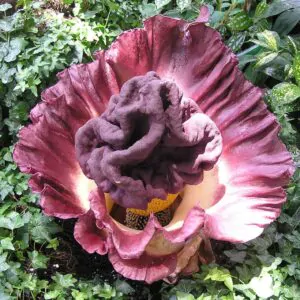
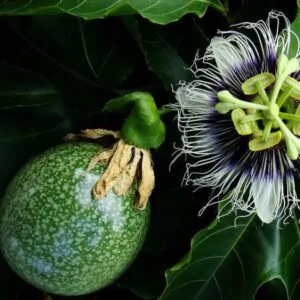
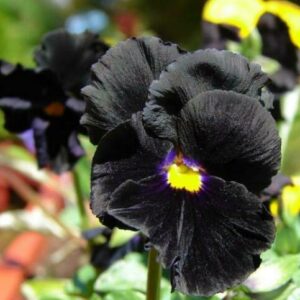
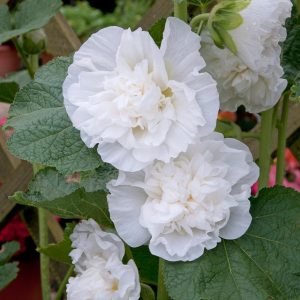
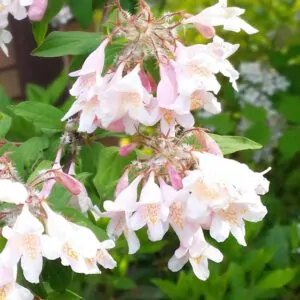
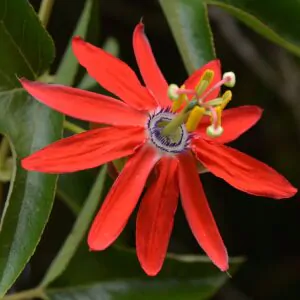
| Cookie | Duration | Description |
|---|---|---|
| cookielawinfo-checkbox-analytics | 11 months | This cookie is set by GDPR Cookie Consent plugin. The cookie is used to store the user consent for the cookies in the category "Analytics". |
| cookielawinfo-checkbox-functional | 11 months | The cookie is set by GDPR cookie consent to record the user consent for the cookies in the category "Functional". |
| cookielawinfo-checkbox-necessary | 11 months | This cookie is set by GDPR Cookie Consent plugin. The cookies is used to store the user consent for the cookies in the category "Necessary". |
| cookielawinfo-checkbox-others | 11 months | This cookie is set by GDPR Cookie Consent plugin. The cookie is used to store the user consent for the cookies in the category "Other. |
| cookielawinfo-checkbox-performance | 11 months | This cookie is set by GDPR Cookie Consent plugin. The cookie is used to store the user consent for the cookies in the category "Performance". |
| viewed_cookie_policy | 11 months | The cookie is set by the GDPR Cookie Consent plugin and is used to store whether or not user has consented to the use of cookies. It does not store any personal data. |